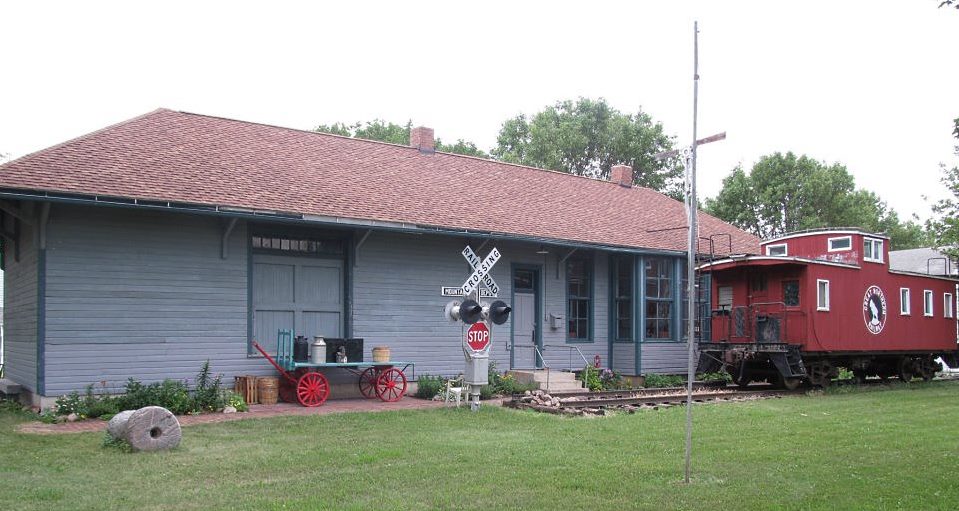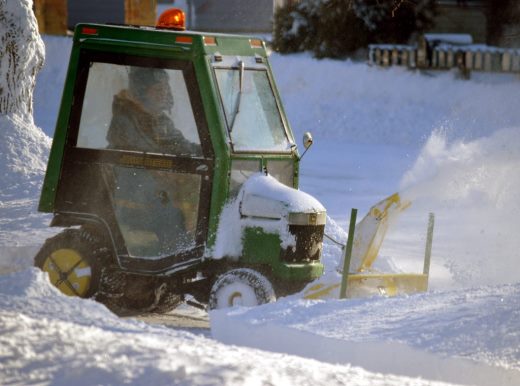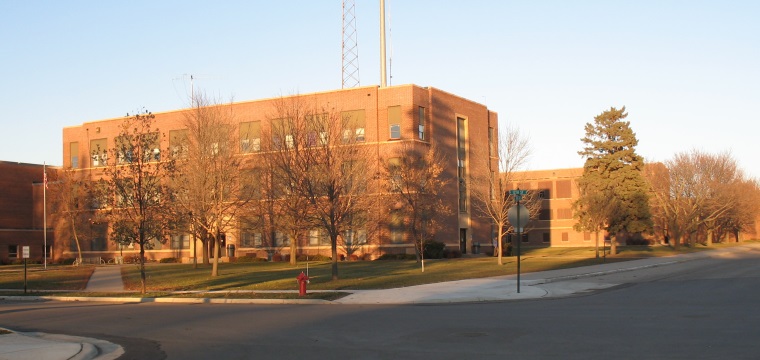Standard Time returns this Sunday morning at 2 a.m.
 The most favorite time of the year for Bob Jass Jr. of Mountain Lake will arrive overnight from Saturday, November 4 to Sunday, November 5. And, ironically, he won’t even participate in the event. That’s because he won’t have to turn his clocks back an hour as Standard Time returns – due to the fact that he doesn’t turn them forward for Daylight Savings Time in March.
The most favorite time of the year for Bob Jass Jr. of Mountain Lake will arrive overnight from Saturday, November 4 to Sunday, November 5. And, ironically, he won’t even participate in the event. That’s because he won’t have to turn his clocks back an hour as Standard Time returns – due to the fact that he doesn’t turn them forward for Daylight Savings Time in March.
Those of us who don’t live in parts of Arizona or Hawaii or Guam, Puerto Rico, United States Virgin Islands and American Samoa – or who are residents of 78 other countries including Canada – but not Saskatchewan – most of Europe, Australia and New Zealand) will be following the traditional semi-annual clock-turning routine. At 2 a.m. this Sunday, November 5, people will “fall back” one hour – in essence, reliving the 1 a.m. hour two times over.
But – why doesn’t Arizona change its clocks? It has a lot to do with the weather. Switching to Daylight Saving Time in the summer means more sunlight at night. However, taking into consideration Arizona’s extreme heat, if the state were to turn its clocks ahead in an adoption of Daylight Saving Time, the sun would stay out until 9 p.m. in the summer (rather than the 8 p.m. it currently does). Arizona’s independence from this annual time change does cause a lot of confusion for residents and visitors alike. You see, it means the state is in the same time zone as Denver, Colorado from November-to-March, but then falls behind Denver to Los Angeles, California time from March-to-November. (However, the Navajo Indian Reservation does follow Daylight Saving Time – but then the reservation stretches across four different states.)
And, Hawaii, Puerto Rico, Guam, American Samoa and the Virgin Islands do not observe Day Saving Time because, basically – they do not have any daylight to save. Basically, they are so close to the equator that they don’t have huge swings of day and night. The days are almost the same length year-round. The sunrise and sunset times only vary by an hour, whereas, on the United State mainland, Daylight Saving Time is allegedly needed to even out the early sunrises in the summer.
Lighter in the a.m., sun sets earlier in the p.m.
For those who do change the digits on their clocks, after Sunday, the sun will seem to come up earlier in the morning and it will set earlier at night, relative to conditions just a few days earlier.


















